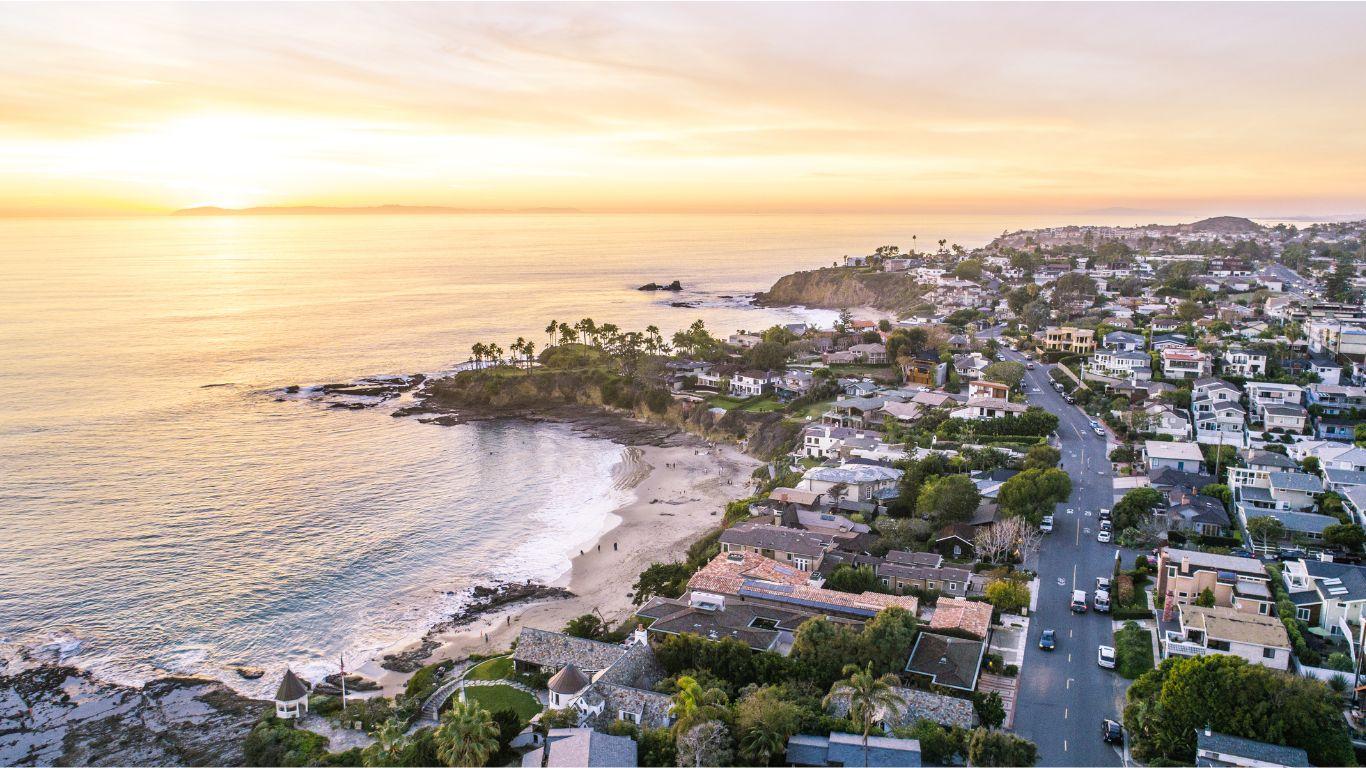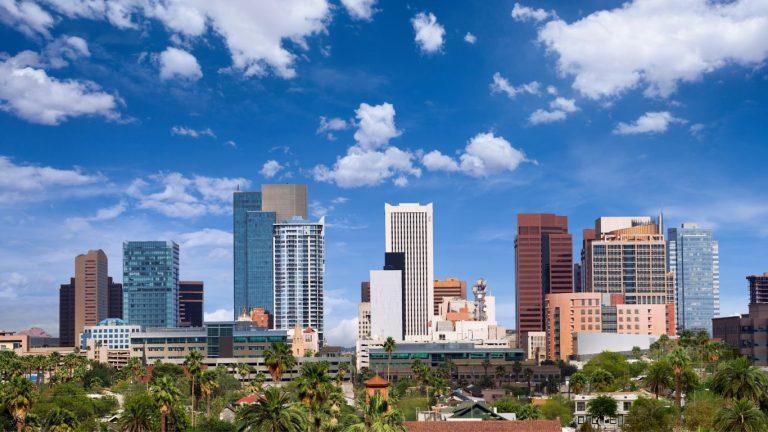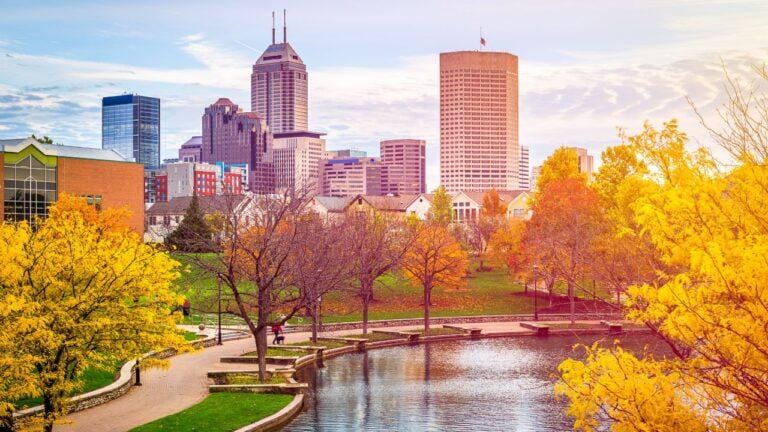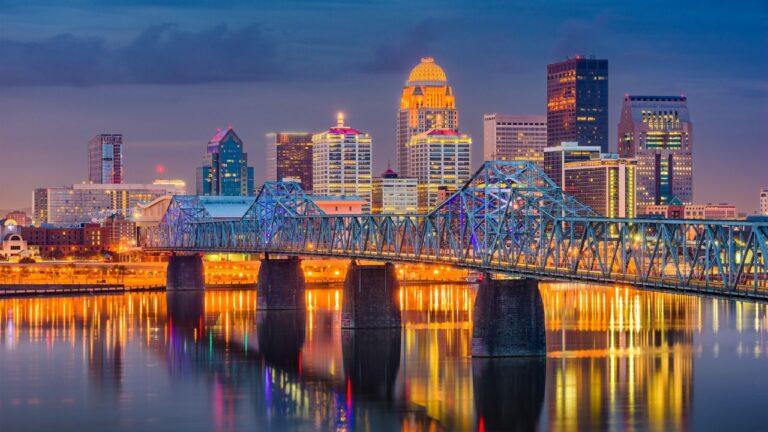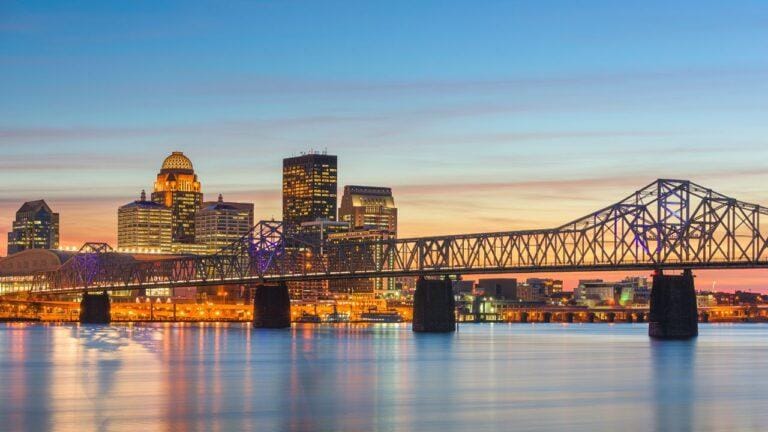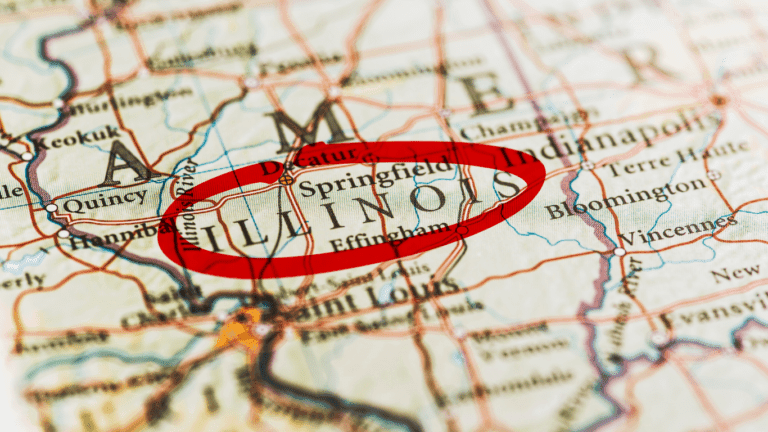Best Places to Live in Southern California
Best Places to Live in Southern California
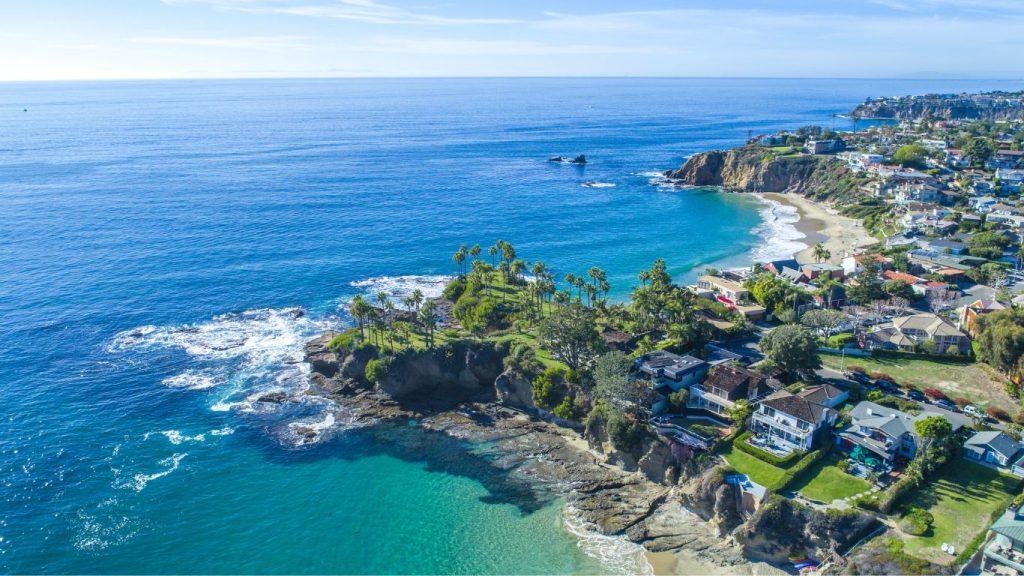
Nestled along the sun-kissed coastline of the Pacific Ocean, Southern California beckons with its irresistible charm, diverse landscapes, and vibrant culture. Stretching from the sandy shores of San Diego to the rugged beauty of Big Sur, this region is a tapestry of contrasts, where bustling metropolises coexist with serene beach towns, and towering mountains meet sprawling deserts.
Diverse Landscapes
Southern California boasts an unparalleled diversity of landscapes, ranging from golden beaches and palm-fringed coastlines to rugged mountains and arid deserts. Here, you can surf the waves of Huntington Beach, hike through the ancient forests of Sequoia National Park, or wander amidst the iconic palm trees of Palm Springs.
Cultural Melting Pot
Enriched by waves of immigration and cultural exchange, Southern California is a melting pot of diverse cultures, traditions, and cuisines. From the vibrant street art of Los Angeles to the colorful festivals of San Diego’s Gaslamp Quarter, the region pulsates with creativity, innovation, and a spirit of inclusivity.
Outdoor Paradise
For outdoor enthusiasts, Southern California is a paradise waiting to be explored. With its year-round sunshine and temperate climate, the region offers endless opportunities for outdoor recreation, from hiking and biking in the Santa Monica Mountains to whale watching off the coast of Dana Point.
Urban Sophistication
At the heart of Southern California lies a collection of dynamic cities, each with its own unique personality and allure. From the glitz and glamour of Hollywood to the laid-back vibes of Santa Barbara, these urban centers pulse with energy, creativity, and a relentless spirit of innovation.
Economic Powerhouse
Home to thriving industries such as entertainment, technology, and aerospace, Southern California is a global economic powerhouse. With world-renowned universities, research institutions, and a highly skilled workforce, the region continues to drive innovation and economic growth on a global scale.
Cultural Icons
Southern California is home to some of the world’s most iconic landmarks and attractions. From the star-studded sidewalks of the Hollywood Walk of Fame to the magical kingdom of Disneyland, these cultural icons draw millions of visitors from around the globe each year, adding to the region’s allure and mystique.
Cities in Southern California
Among the plethora of cities and neighborhoods, Fontana, Chula Vista, San Bernardino, and Santa Clarita stand out as some of the best places to call home. Let’s explore what makes these areas so special and why they’re coveted by residents seeking the perfect place to live.
1. Fontana

Fontana, located in San Bernardino County, is a dynamic city nestled against the picturesque San Gabriel Mountains. With a population of over 216,345 residents, Fontana offers a blend of suburban tranquility and urban amenities.
Pros of living in Fontana
- Affordable Housing: Fontana boasts relatively affordable housing options compared to other Southern California cities, with a median home value of around $629,000.
- Diverse Community: The city’s diverse population contributes to its vibrant cultural scene, with a variety of ethnic cuisines, festivals, and events celebrated throughout the year.
- Outdoor Recreation: Fontana is home to several parks and recreational facilities, offering residents ample opportunities for outdoor activities and family-friendly fun.
Cons of living in Fontana
- Traffic Congestion: Like many cities in Southern California, Fontana experiences traffic congestion during peak hours, particularly along major thoroughfares like Interstate 10.
- Limited Public Transportation: The city’s public transportation system is limited, making it necessary for residents to rely on personal vehicles for commuting and errands.
Parks and Recreation
Fontana offers residents a variety of parks and recreational facilities, including:
- Fontana Park: This expansive park features sports fields, playgrounds, picnic areas, and a skate park, providing entertainment for all ages.
- North Etiwanda Preserve: Nature enthusiasts can explore scenic trails and enjoy breathtaking views of the San Gabriel Mountains at this protected wilderness area.
Schools
Fontana Unified School District serves the educational needs of students in the area, including:
- Summit High School: Known for its rigorous academic programs and extracurricular activities, Summit High School prepares students for success in college and beyond.
- Fontana High School: With a focus on academic excellence and community involvement, Fontana High School provides a well-rounded education for its diverse student body.
Fun Fact
- Fontana is home to the famous Auto Club Speedway, a premier motorsports facility that hosts NASCAR races and other events throughout the year.
To get more information about Fontana and its neighborhoods, visit the link below
Best Places to Live in Fontana CA
2. Chula Vista
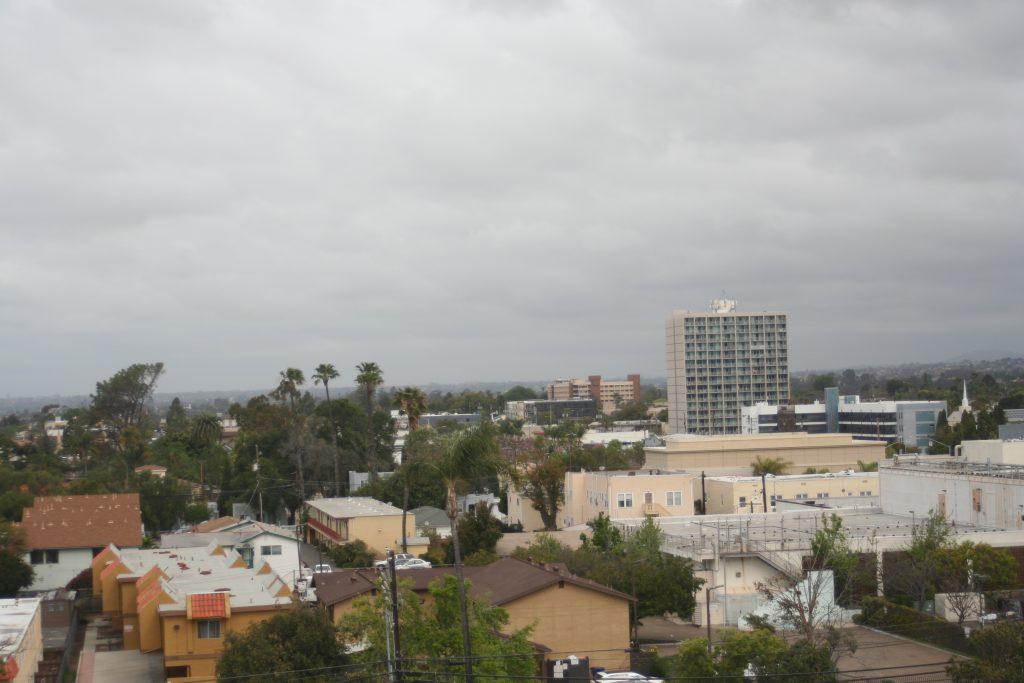
Chula Vista, situated in San Diego County, is a vibrant coastal city known for its scenic beauty, diverse neighborhoods, and thriving economy. With a population exceeding 283,494 residents, Chula Vista offers a high quality of life with easy access to both urban amenities and natural attractions.
Pros of living in Chula Vista
- Coastal Living: Chula Vista’s proximity to the Pacific Ocean provides residents with opportunities for beach activities, water sports, and breathtaking sunsets.
- Strong Economy: The city’s economy is driven by industries such as tourism, healthcare, and manufacturing, providing residents with diverse employment opportunities and a stable job market.
- Family-Friendly Environment: Chula Vista is known for its family-friendly neighborhoods, top-rated schools, and community events, making it an ideal place to raise children.
Cons of living in Chula Vista
- High Cost of Living: While Chula Vista offers a high quality of life, the cost of living can be higher than other areas in Southern California, particularly when it comes to housing, the median home value sits around $750,000.
- Traffic Congestion: The city’s growing population has led to increased traffic congestion on major roadways, impacting commute times for residents.
Parks and Recreation
Chula Vista boasts a variety of parks and recreational facilities, including:
- Bayside Park: This waterfront park offers stunning views of San Diego Bay, along with picnic areas, playgrounds, and walking paths.
- Otay Lakes County Park: Outdoor enthusiasts can enjoy fishing, boating, and hiking at this scenic park located near the city’s eastern border.
Schools
Chula Vista Elementary School District and Sweetwater Union High School District serve the educational needs of students in the area, including:
- Eastlake High School: Recognized for its academic achievements and extracurricular programs, Eastlake High School prepares students for success in college and beyond.
- Hilltop High School: With a focus on college readiness and career pathways, Hilltop High School offers a comprehensive education for its diverse student body.
Fun Fact
- Chula Vista is home to the Chula Vista Elite Athlete Training Center, a world-class facility that has hosted Olympic athletes from around the globe.
To get more information about Chula Vista and its neighborhoods, visit the link below
Best Place to Live in Chula Vista CA
3. San Bernardino
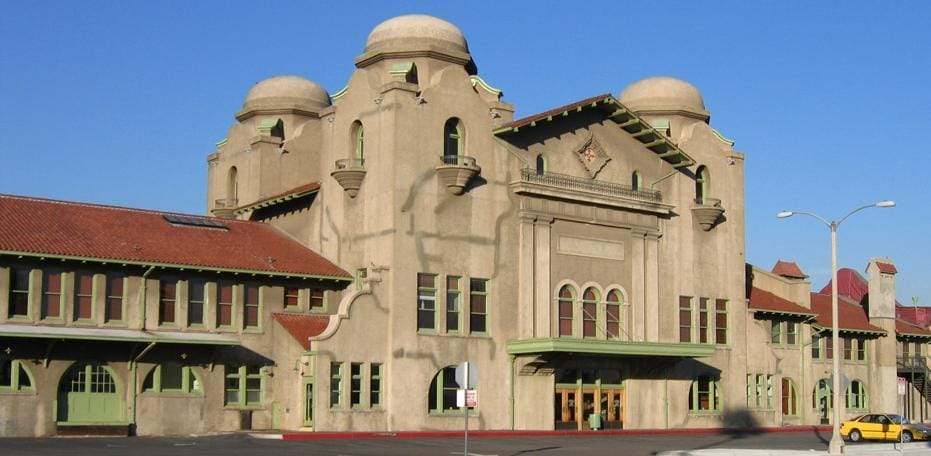
San Bernardino, located in the heart of the Inland Empire, is a diverse and dynamic city known for its rich history, cultural diversity, and affordable housing options. With a population of over 218,500 residents, San Bernardino offers a blend of urban amenities and natural beauty.
Pros of living in San Bernardino
- Affordable Housing: San Bernardino boasts affordable housing options, with a median home value of around $460,000 making it an attractive choice for first-time homebuyers and young families.
- Cultural Diversity: The city’s diverse population contributes to its vibrant cultural scene, with a variety of ethnic restaurants, festivals, and events celebrated throughout the year.
- Outdoor Recreation: San Bernardino is surrounded by natural beauty, with nearby mountains, forests, and lakes providing opportunities for hiking, camping, and outdoor adventures.
Cons of living in San Bernardino
- Crime Rates: Like many urban areas, San Bernardino has higher crime rates compared to some neighboring cities, particularly in certain neighborhoods.
- Economic Challenges: The city has faced economic challenges in recent years, including high unemployment rates and budget deficits, impacting city services and infrastructure.
Parks and Recreation
San Bernardino offers residents access to a variety of parks and recreational facilities, including:
- Glen Helen Regional Park: This expansive park features hiking trails, picnic areas, and a water park, providing entertainment for visitors of all ages.
- San Bernardino National Forest: Outdoor enthusiasts can explore the scenic beauty of the nearby national forest, which offers opportunities for camping, fishing, and wildlife viewing.
Schools
San Bernardino City Unified School District serves the educational needs of students in the area, including:
- Arroyo Valley High School: Known for its academic programs and extracurricular activities, Arroyo Valley High School prepares students for success in college and beyond.
- Cajon High School: With a focus on college readiness and career pathways, Cajon High School offers a comprehensive education for its diverse student body.
Fun Fact
- San Bernardino is home to the historic California Theatre, a landmark venue that has hosted performances by famous musicians, comedians, and entertainers.
To get more information about San Bernardino and its neighborhoods, visit the link below
Best Places to Live in San Bernardino
4. Santa Clarita
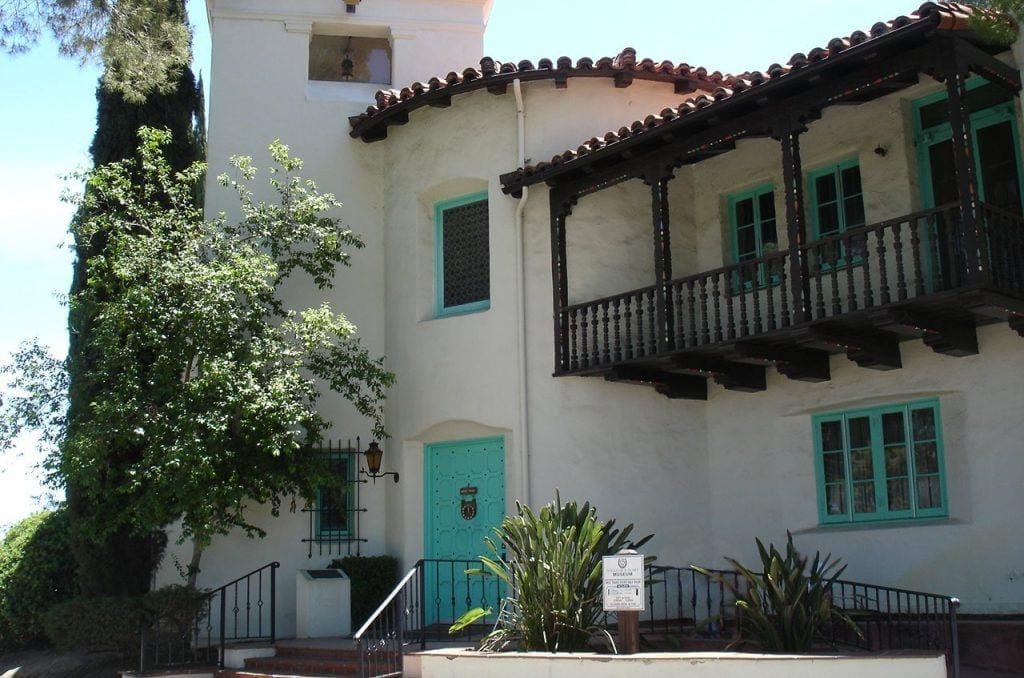
Santa Clarita, nestled in the Santa Clarita Valley, is a picturesque suburban city known for its family-friendly neighborhoods, top-rated schools, and abundance of recreational opportunities. With a population exceeding 215,395 residents, Santa Clarita offers a high quality of life with easy access to both urban amenities and natural attractions.
Pros of living in Santa Clarita
- Safe Neighborhoods: Santa Clarita is consistently ranked as one of the safest cities in California, with low crime rates and well-maintained neighborhoods.
- Top-Rated Schools: The city’s top-rated schools, including the William S. Hart Union High School District, provide students with quality education and a variety of extracurricular activities.
- Outdoor Recreation: Santa Clarita is surrounded by natural beauty, with miles of hiking and biking trails, parks, and open spaces for residents to enjoy.
Cons of living in Santa Clarita
- High Cost of Living: The cost of living in Santa Clarita can be higher than other areas in Southern California, particularly when it comes to housing prices, the median home value sits around $760,000.
- Limited Public Transportation: The city’s public transportation system is limited, making it necessary for residents to rely on personal vehicles for commuting and errands.
Parks and Recreation
Santa Clarita boasts a variety of parks and recreational facilities, including:
- Central Park: This expansive park features sports fields, playgrounds, and picnic areas, as well as a popular skate park and outdoor amphitheater.
- Placerita Canyon State Park: Outdoor enthusiasts can explore the scenic beauty of this state park, which offers hiking trails, wildlife viewing, and historical sites.
Schools
Santa Clarita is served by the highly regarded William S. Hart Union High School District and several elementary and middle school districts, including:
- West Ranch High School: Known for its academic excellence and extracurricular programs, West Ranch High School prepares students for success in college and beyond.
- Valencia High School: With a focus on college readiness and career pathways, Valencia High School offers a comprehensive education for its diverse student body.
Fun Fact
- Santa Clarita is known for its role as the backdrop for numerous movies, television shows, and commercials, earning it the nickname “Hollywood North.”
To get more information about Santa Clarita and its neighborhoods, visit the link below
Best Places to Live in Santa Clarita Ca
Conclusion
In conclusion, Fontana, Chula Vista, San Bernardino, and Santa Clarita each offer unique advantages and attractions, making them standout destinations for those seeking to live in Southern California. From the affordability of Fontana to the coastal charm of Chula Vista, the cultural diversity of San Bernardino, and the family-friendly atmosphere of Santa Clarita, these cities cater to a variety of lifestyles and preferences.
Whether you’re drawn to outdoor recreation, top-rated schools, or vibrant community events, each of these places has something special to offer. Ultimately, the best place to live in Southern California depends on your individual needs, priorities, and personal preferences.
FAQs
What are the average commute times in these cities?
Commute times vary depending on factors like location, traffic conditions, and mode of transportation. Generally, residents can expect commute times ranging from 20 to 45 minutes in these cities.
What are some popular recreational activities in these areas?
Recreational activities vary by city but may include hiking, biking, water sports, cultural events, and community festivals. Each city offers its own unique attractions and opportunities for outdoor and indoor recreation.
Are there good shopping and dining options in Fontana, Chula Vista, San Bernardino, and Santa Clarita?
Yes, each city has a variety of shopping centers, malls, restaurants, and eateries catering to diverse tastes and preferences. Residents can find everything from local boutiques and ethnic cuisine to national chains and upscale dining options.
What are the population demographics of these cities?
The population demographics of Fontana, Chula Vista, San Bernardino, and Santa Clarita are diverse, with a mix of ethnicities, ages, and socioeconomic backgrounds represented in each city’s population.

